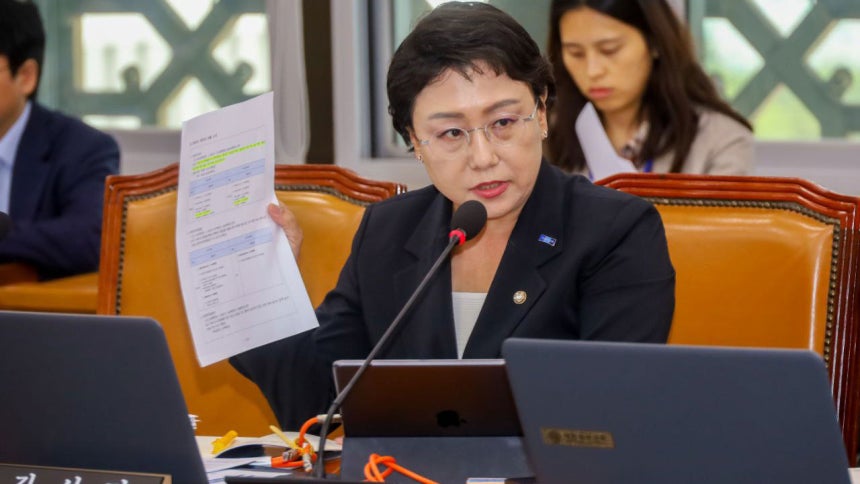
,
,
, ‘\n’,
, ‘\nIt has been revealed that the current financial situation of special occupational pensions such as civil servants’ pension, private school teachers’ pension (private schools’ pension), and military pension is deteriorating to the extent that the insurance premiums collected in that year alone cannot cover the salaries for that year.’,
, ‘\n’,
, ‘\nFacing a more serious financial instability issue than the national pension, there is a need for active policy efforts to address this, according to some assessments.’,
, ‘\n’,
, ‘\nAccording to data obtained by Rep. Kim Seon-min (Revolutionary Party of Korea) on October 15th from the National Assembly Budget Office, it has been revealed that the current situation is that the expenses for civil servants, private school teachers, and military pensions exceed the insurance premiums collected, and the gap is widening.’,
, ‘\n’,
, ‘\nIn the case of civil servants’ pensions, the amount of salaries to be paid this year (21 trillion 945.8 billion won) exceeds the incoming insurance premiums (14 trillion 540.7 billion won) by 7 trillion 405.1 billion won.’,
, ‘\n’,
, ‘\nThis year, the shortage amounts to 599.2 billion won for private school teachers’ pension and 2 trillion 158 billion won for military pension.’,
, ‘\n’,
, ‘\nDue to the increasing gap between insurance premiums collected and salary expenses, the reserve funds are gradually depleting, resulting in a continuous deterioration of the overall financial balance of civil servants’, private school teachers’, and military pensions.’,
, ‘\n’,
, ‘\nLooking at the overall income and expenditure status of civil servants’, private school teachers’, and military pensions, except for private school teachers’ pension, which is still operating with a surplus, as of 2024, civil servants’ pension falls short of expenditure by 7 trillion 389.6 billion won and military pension by 1 trillion 956.7 billion won.’,
, ‘\n’,
, ‘\nTo pay pensions to civil servants and military pension recipients this year, it is estimated that nearly 10 trillion won of taxpayers’ money needs to be injected into these two public pensions.’,
, ‘\n’,
, ‘\nWhile the financial situation of private school teachers’ pension may appear relatively favorable at the moment, there is a dominant evaluation that it is much more vulnerable and risky in the long term due to the drastic decline in the school-age population caused by ultra-low birth rates.’,
, ‘\n’,
, “\nAccording to the ‘Comparison Study of National Pension and Special Occupational Pensions’ report by the National Pension Research Institute, the dependency ratio of private school teachers’ pension (the ratio of the number of recipients that 100 participants must support) is expected to be overwhelmingly high compared to the four major public pensions after 2070.”,
, ‘\n’,
, ‘\nDue to the decrease in the number of contributors such as teachers due to low birth rates, but a drastic increase in the number of pension recipients due to an aging population.’,
, ‘\n’,
, “\nRep. Kim Seon-min strongly criticized the government’s introduction of a so-called ‘automatic adjustment device’ in the National Pension while leaving the special occupational pensions, which are deeply mired in financial deterioration, as they are to secure the financial stability of the National Pension.”,
, ‘\n’,
, ‘\n(Photo=Provided by Rep. Kim Seon-min’s office, Yonhap News)\n’]

